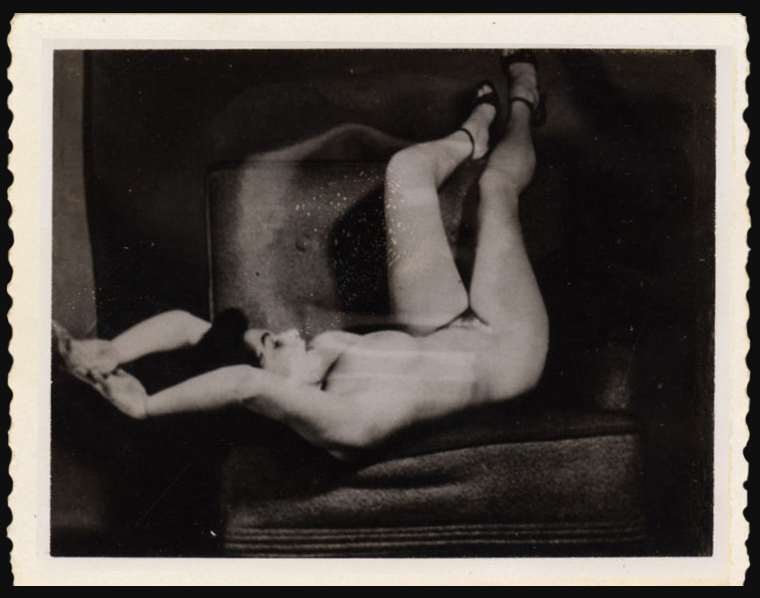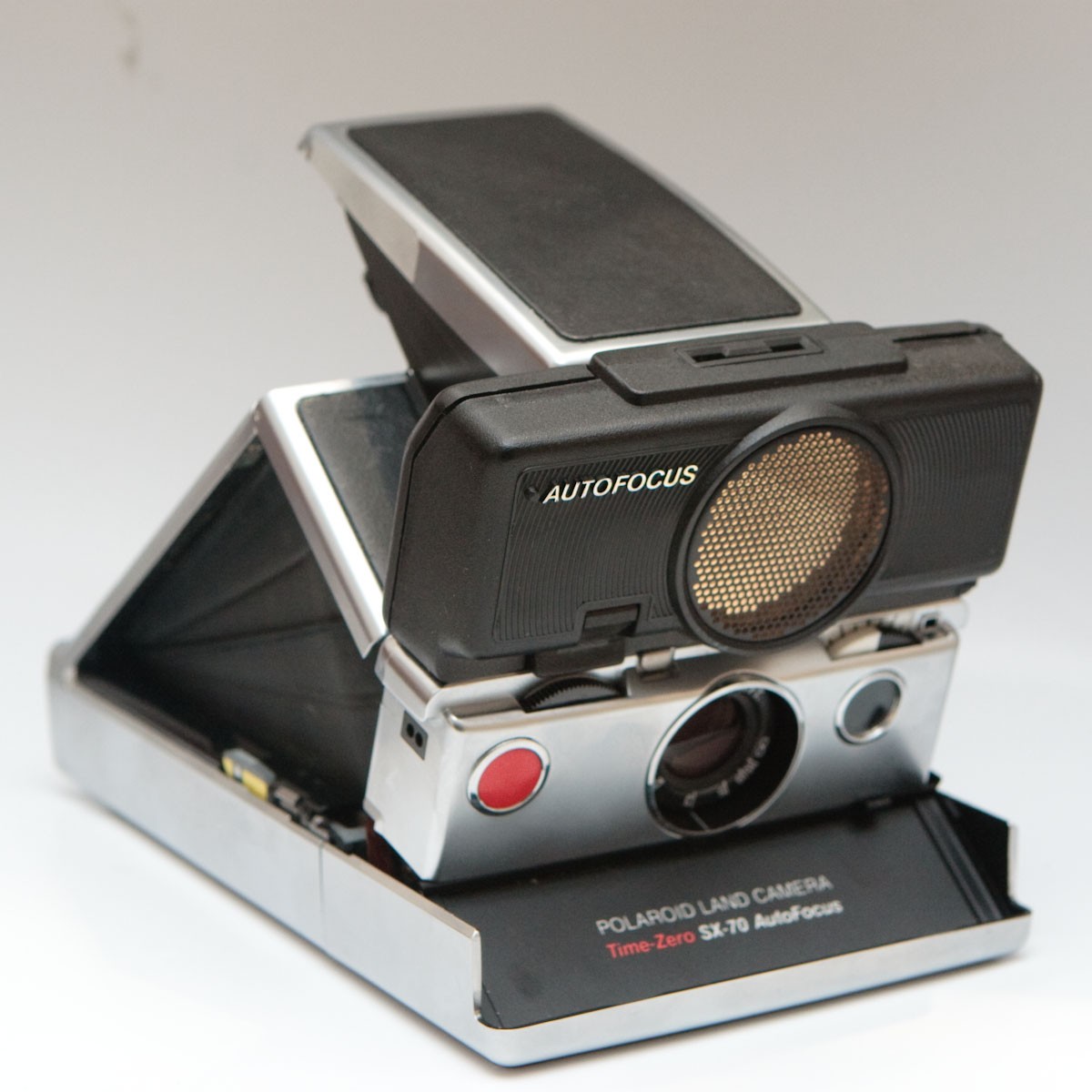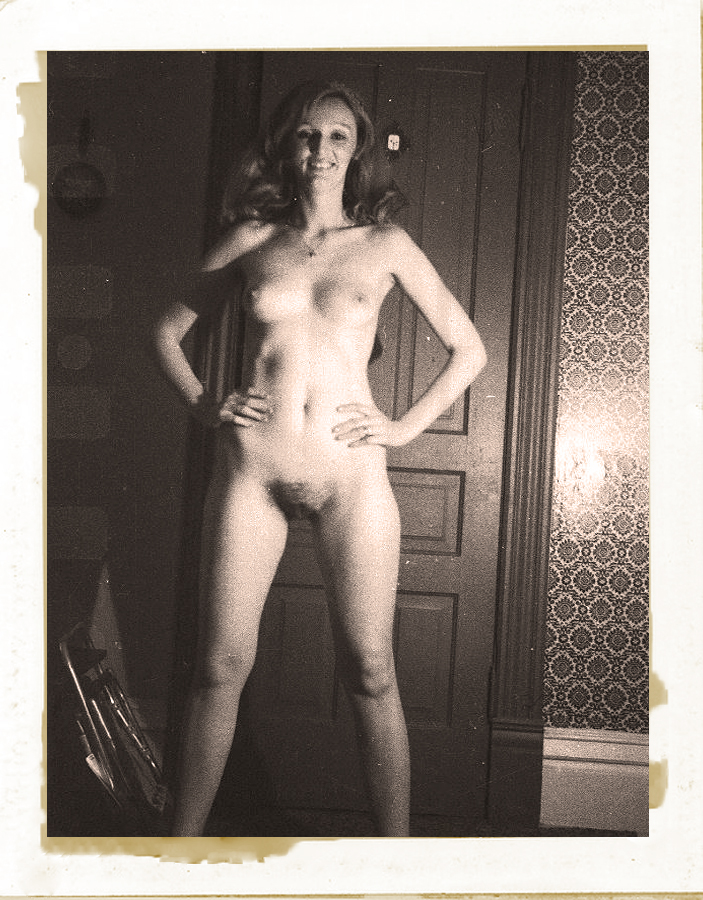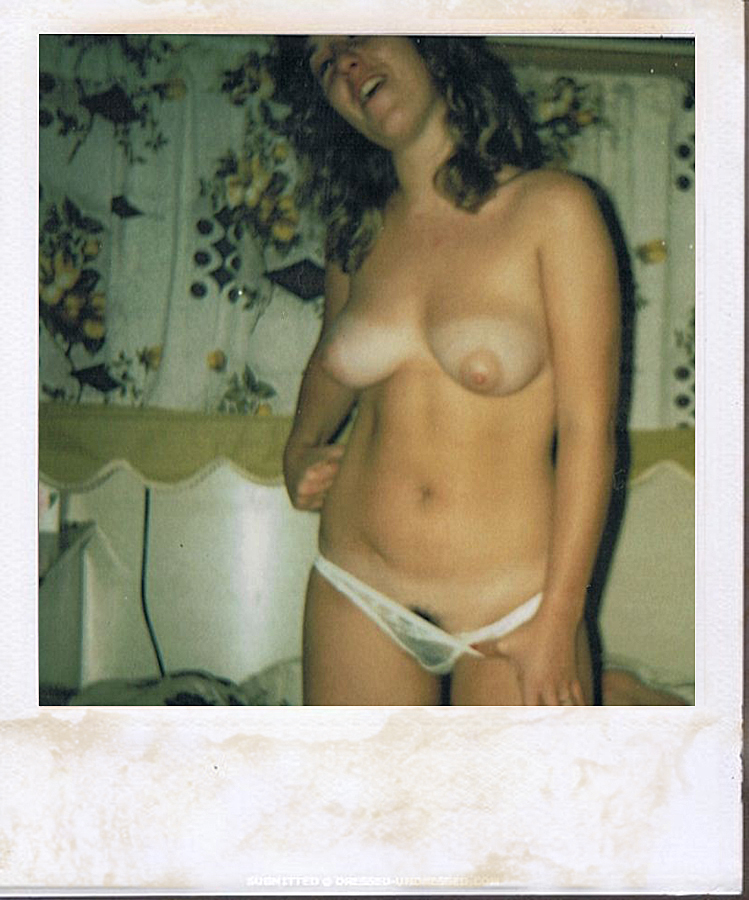The Polaroid Amateur
 |
| The owner of a small bookstore got a surprise when he opened this one. Link to the story in references. |
Edwin Herbert Land (May 7, 1909 – March 1, 1991) produced the first commercial instant camera in 1948, a year after unveiling instant film in New York City. The original cameras utilize a bellows which folded into the body and a series of doors or panels integrated into the back cover: the film is loaded on two spools, one with the negative and the other with the positive paper and reagent pods.
Both rolls are placed inside the camera body and the first cover was closed with the film cover sheet (printed with handy loading instructions!) exposed: once this sheet was pulled out the camera was ready for the first exposure. After the photo was taken a lock on the back of the camera is released and the tab on the first film “sandwich” is pulled through, compressing the interior package between two rollers which began the print developing process. The allotted development time is waited out, the print compartment panel on the back of the camera was opened, the print was torn out along its perforated edges and then coated with fixer which was supplied in a separate applicator.
Above: early series 40 Roll Film
In 1965 the Polaroid Model 20 “Swinger” came out, basically revamping the entire camera. The bellows was replaced by a fixed focus lens in a stylish black and white plastic body; a simple exposure meter was added and the front of the camera had a built in reflector for AG-1 flashbulbs. The Swinger still used roll film, but it was developed outside the camera and the negative and print were manually pulled apart.
At $19.95 (the “model 20” referred to their target price of under $20 USD) it was the first truly inexpensive instant camera, and it literally exploded onto the market with a marketing campaign aimed at the younger generation; over its 5 year run production was probably in the millions but nobody seems to know the exact figures. In The Land List, Martin Kuhn states estimated production simply as “a whole bunch”: until pack film eventually made it obsolete in 1970 the Swinger was the most popular camera on the planet.
Polaroid roll film went through many revisions notable primarily for their sizes: the earliest was the 3 1/4″ x 4 1/4″ (2 7/8″ x 3 3/4″ image area) Series 40 orthochromatic (sepia tone) ASA 100. Series 40 film was produced from 1948 until 1992 with various ASA ratings up to 3000: a panchromatic (black and white) version was released in 1955 with the first color version, Polacolor ASA 75 finally developed in 1963.
Series 30 2 1/2″ x 3 1/4″ roll film (2 1/8″ x 2 7/8″ image area) was introduced in 1954, and Series 20 2 1/2″ x 3 1/4″ (2 1/8″ x 2 7/8″ image area) was introduced in 1965 specifically for the Swinger camera.
Above: Series 100/660
In 1963 Polaroid introduced Pack film, beginning with the 100/660 series 3 1/4″ x 4 1/4″ (2 7/8″ x 3 3/4″ image area). Like the Series 20 Swinger film it developed outside of the camera, but instead of two separate rolls the film was provided in a compact, easy loading cartridge with 8 exposures. A square format Series 80 3 1/4″ x 3 3/8″ pack film (2 3/4″ x 2 7/8″ image area) was released in 1971 for the Colorpack camera series.
Finally, the SX-70 3 1/8″ x 3 1/8″ integral print films came out, which did away with the peel-apart film sandwich altogether: the 10 print cartridge included a self-contained battery and pictures developed automatically in broad daylight. The SX-70 cameras were fairly high end, with a folding body finished in brushed chrome and genuine leather panels but they were soon followed by inexpensive plastic versions such as the Pronto and One-Step.
In addition to these there were of course a variety of technical and professional films as well as some instant developing movie film formats.
Above: Poloroid Pack Film
It is almost impossible to overestimate the effect that the Polaroid camera had on amateur pornography,a realm previously confined to photographers with access to expensive developing equipment and chemistry. It may also be difficult if not impossible to overestimate the effect this market had on the incredible popularity of the cameras: as a friend of mine recently put it, “Was a Polaroid ever used for anything else?”. Of course the invention of digital photography rendered the Polaroid virtually obsolete outside of the realm of art photographers; in 2007 they stopped producing cameras and in 2009 the company stopped producing film (today Polaroid compatible pack film is available from Fuji and The Impossible Project).
Above: More series 100/660
In her blog Nekkid, Poly Amory writes:
Mixed Pack Film formats, above and below
There are of course literally thousands of these images online now, many of them scanned from pictures found far from their origins; the girlfriends and wives forever anonymous, frozen in that one second of time. On the one hand I have to wonder what some of them would think- these ordinary people, now cast out before the masses (all of these photos are already in the public domain, none of them are original to this article) and baring it all it in what was probably originally intended as a private moment. On the other hand they were also sent in to men’s magazines and adult singles ads by the truckload, so the exhibitionist nature of many of them is undeniable.
In either case, I can’t help but to be drawn to the spontaneity of the medium. They’re often unposed and rarely serious. And that, to me, gives them a particular beauty that can’t be reproduced in a professional setting. They portray sexuality as it should be: fun, celebratory and -again- spontaneous.
It’s been awhile since this was posted, but it’s remained popular (wonder why? 😉
Anyway, a reader from “Down Under” has kindly contributed a few more personal pics to the collection. If you have some dusty old instant prints laying around that are obviously female, adult (NO MINORS, PERIOD), and relatively tasteful drop me an email and I’ll post them at my discretion.
Thanks 🙂
References:
pornaloid blog at tumblr.com
Polaroids and the InstaNude
The Land List: Polaroid Film Index
Polaroid at the Camerapedia
Edward Land article (Investor’s Business Daily)
Polaroid past is present.
Polaroid Camera Manuals
An “Unusual” Book Find








































































A slight technical nit – orthochromatic film doesn’t make sepia prints any more than any other film; it means a film that doesn’t react to red light (and can therefor be developed under a red safelight). Red objects appear dark in a print made from orthochromatic film. Later panchromatic (is sensitive to red light) film has to be developed in total darkness. Sepia prints have to do with the paper chemistry and can be made from either type of film.
memories of the past beautiful
You have a photo of my wife posted here that I took in 1972, (http://www.goodkarmaproductions.com/TA/3410027a.jpg). I am curious if you have more of her photos in your collection. If not, I would be glad to provide you with a few more. Thanks for posting her here.
It was found at random on the internet, I honestly don’t know the source. You can email others to charvin23@gmail.com for consideration.
Thanks for the response!
Hi Harry, there are loads of pics of her on the net, where she is often named as ‘Donna’. Check out imagefap. Lovely pics and nice to have a date for them!
One of the most amaizing post in this blog!
Having used these cameras I thoroughly enjoyed these pics.keep them coming
Absolutely great!! All these and done in good taste. Thank you for this site.
You also have a pic posted here of my wife that I took in 1979 when she was 25.
http://www.goodkarmaproductions.com/TA/023a.JPG
I have almost 100 pics I took of her naked. If you want more let me know. I love seeing her pics posted everywhere. Thank you for using her pic in your article. I love seeing her here.
I used to work at Polaroid when they were still a half decent company. The one thing I liked about Polaroid photography was that there was only ONE original photo. I don’t know if it still exists but there used to be a private facebook group of people that worked at the Polaroid Copy Service in California. I knew people that worked the one in Cambridge, Massachusetts before it closed. People their made their own copies of people’s “special” pictures and I’m sure they have tons. Couldn’t get into that facebook group unless you worked there. I’m sure they were sharing….